This article was medically reviewed by Ken Miyazato, DDS. Dr. Miyazato is a Dentist at Santa Clara Valley Medical Center in the San Francisco Bay Area. He received his DDS from the University of Pacific in 2013 and completed his residency at the Lutheran Medical Center in 2014.
wikiHow marks an article as reader-approved once it receives enough positive feedback. In this case, 86% of readers who voted found the article helpful, earning it our reader-approved status.
This article has been viewed 216,103 times.
From kids looking forward to a visit from the Tooth Fairy to adults dreading a visit to the dentist, losing a tooth is a common and usually relatively bloodless occurrence. When tooth removal does result in bleeding, though, there are simple strategies to employ that usually take care of the problem quickly. However, do not substitute the advice here for that of a dental or medical professional, should a pulled tooth result in excessive bleeding that cannot be stopped.
Steps
Stopping Bleeding from a Pulled Baby Tooth
-
1Let nature take its course. When a removed baby tooth does cause more than a minor amount of bleeding, that is usually a sign that it was removed unnecessarily early. Allowing the tooth to loosen naturally to the point where it falls out with only the slightest intervention is almost always the recommended and most painless (and bloodless) method.[1]
- Instead of grabbing the floss and yanking the tooth out like your father may have done, encourage your child to wiggle the tooth free by himself. The tongue is the best tool for the job, and a gentle rocking motion will typically do the trick eventually.
- If you need to help your child with the task, pinch the tooth between your thumb and first finger with a cotton gauze pad covering the tooth and rock back and forth gently. If the tooth offers any resistance, it is not ready for removal.
- If concerned about a loose tooth that won’t seem to fall out, consult your child’s dentist.
-
2Expect a little blood . Some baby teeth will fall out without any bleeding, but a small amount is normal. Remember that a few drops of blood mixed with mouth saliva can give the appearance of significant bleeding, so prepare your child (and don’t overreact yourself) if you see some evidence of blood in her mouth.
- A quick rinse and spit with cool water immediately after the tooth is removed can help clear the mouth of blood, but don’t continue with any rinsing after that. You want to help a clot form, not wash it away.
Advertisement -
3Apply clean, damp cotton gauze for fifteen minutes. If the bleeding is minor, as is usually the case with a loose baby tooth, no intervention is likely necessary. If, however, there is still bleeding after about a minute or so, use gauze to staunch the blood flow and facilitate clotting.
- Wad up one or a few clean gauze pads that you have dampened with clean water, which will help prevent blood from sticking to it. Have your child bite down on the pad and keep biting down for fifteen minutes.[2]
- Instruct your child not to release pressure on the pad or move it around. Have him bite down and keep biting down. It may not be an easy sell for you, but remind your kid of the reward to come from the Tooth Fairy.
- You may have to hold the gauze in place for a small child, especially if you are concerned he may swallow the pad.
- Check after fifteen minutes. If the bleeding has not stopped, place a new gauze pad as before and contact your child’s dentist.
-
4Keep your child’s head elevated, with her face tilted slightly down. If you need to use gauze to stop the bleeding, keeping the head elevated utilizes gravity to limit blood flow to the area, while tilting the head forward prevents blood (or the gauze pad) from going into the throat.
- Swallowing blood can cause nausea. This is also why you should tilt your head forward when you have a nosebleed.
-
5Don’t keep rinsing the child’s mouth out. Using lukewarm, salted water as a rinse is a commonly-claimed remedy to stop bleeding from a lost tooth. However, if done while the clot is forming or newly formed, it is likely to dissolve or dislodge the clot and restart the bleeding.
- Don’t use hydrogen peroxide or alcohol-based rinses either. These can also dissolve or dislodge clots.
- Hot drinks and foods can also restart bleeding, so skip the soup until the next day. Drinking cold water is the best way to hydrate after a lost tooth for kids and adults.
- You can begin rinsing with tepid water and salt (about one teaspoon per cup of water) the day after the tooth removal to help keep the area clean. Make sure the child can and will spit out the salt water, though.
-
6Contact your child’s dentist if active bleeding continues beyond fifteen minutes. This is worth reiterating, because a lost baby tooth should not under normal circumstances cause bleeding to such a degree.[3]
- Continued bleeding may be a sign that a broken-off piece of the tooth remains, that some sort of damage has occurred in the area, or that your child has a medical condition that makes excessive bleeding a problem. Play it safe and contact a professional.
- That said, a little bit of oozing from the lost tooth site or a bit of pink tint to your child’s saliva does not indicate active bleeding. If blood is not pooling or dripping from the area, it is generally safe to wait it out.
Stopping Bleeding from a Pulled Permanent Tooth
-
1Let a dentist pull your teeth. It is never worth saving a few dollars to grab some pliers and take care of that throbbing tooth yourself. You can crack or break off the afflicted and surrounding teeth, cause nerve, gum, or jaw damage, risk infection, or, yes, cause excessive bleeding.
- Let a dental professional diagnose your problem and solve it properly, and perhaps even save the tooth in the process.[4]
-
2Follow your dentist’s instructions for care after a pulled tooth. Recommended care will vary by the type of tooth removed, the method of extraction, your medical history, and various other factors.
- The following steps offer general advice for bleeding care after tooth removal; they are not a substitute for your dentist’s specific advice.
-
3Bite down on clean, moistened cotton gauze to aid clot formation. A dentist will have you do this soon after a tooth extraction. Dentists usually instruct you to hold it in place for at least fifteen minutes and perhaps thirty or sixty minutes depending on the particulars of your extraction.[5] [6]
- Keep constant pressure on the wad of gauze, and keep it still in your mouth. You do not want to disrupt clot formation.
- If the gauze becomes saturated with blood within fifteen minutes, add new gauze to the existing wad without removing the old. Again, you don’t want to disrupt clot formation.
- After the initial gauze packing of 45-60 minutes, you may need to continue applying new gauze wads for three to five additional hours, or even longer. Follow your dentist’s instructions.
-
4Keep your head elevated, with your face tilted slightly down. As mentioned in the section on a lost baby tooth, use gravity to your advantage in reducing blood flow to your head and limiting blood drainage down your throat.
- Also worth repeating from the baby tooth section: Nausea is a common result of swallowing blood, so tilt you head forward a little whenever your mouth (or nose) is bleeding.
-
5Try a tea bag. No, don’t drink hot tea — or hot coffee, or any other hot beverage or food for the first day (or as per instructions), which can dissolve blood clots. Rather, rely on the innate pro-clotting qualities found in the black tea itself.
- The tannic acid found in black tea promotes the clotting of blood, so try moistening a regular old black tea bag and bite down on it as you do the gauze pads.[7] Hold it in place for fifteen minutes and see if the bleeding has stopped or slowed. Repeat as necessary with new bags.[8]
- The tea may cause a temporary staining of your surrounding teeth and gums, but this will soon disappear.
-
6Don’t rinse with salt water until the next day. Avoid the claims that tepid salted water will stop mouth bleeding; it is far more likely to dissolve the clots trying to form at the tooth extraction site. Salted water will, however help keep the area clean, so it does have value.
- Rinse and spit with a mixture of one cup lukewarm water and about one teaspoon of salt. Do so once or more daily, 24 hours after your tooth extraction, or as advised by your dentist.
- Other than possibly a quick rinse right after tooth extraction, avoid rinsing and spitting while the blood is clotting in your mouth. Peroxide and alcohol-based rinses in particular can inhibit clot formation.
- Your dentist may want you to limit mouth rinsing for days after the extraction to prevent dry socket, which is when a dissolved clot exposes the hole left behind after an extraction. This can cause pain or infection.
-
7Contact your dentist if the bleeding continues beyond the advised period. Oozing and spotting of blood for several days after are normal and not usually cause for concern, but active bleeding may be a sign of complications from the procedure or an unrelated medical issue.
- Blood that is dripping or pooling at the extraction site within 15-20 seconds of removing a gauze pad indicates active bleeding.
- In addition to keeping your head elevated, limiting exercise for a few days is another way to reduce the chance of continued bleeding. Exercise increases blood pressure, which in turn makes bleeding more likely.[9]
References
- ↑ https://www.healthychildren.org/English/healthy-living/oral-health/Pages/When-Children-Begin-to-Lose-their-Baby-Teeth.aspx
- ↑ https://www.sproutpediatricdentistry.com/blog/pediatric-dentistry/wiggling-out-loose-baby-teeth/
- ↑ https://www.sproutpediatricdentistry.com/blog/pediatric-dentistry/wiggling-out-loose-baby-teeth/
- ↑ https://www.health.qld.gov.au/__data/assets/pdf_file/0026/364652/dental_07.pdf
- ↑ http://www.emedicinehealth.com/mouth_wounds_how_to_stop_bleeding-health/article_em.htm
- ↑ https://www.stonebridgedental.com/tooth-extraction-wont-stop-bleeding/
- ↑ https://www.stonebridgedental.com/tooth-extraction-wont-stop-bleeding/
- ↑ http://www.emedicinehealth.com/mouth_wounds_how_to_stop_bleeding-health/article_em.htm
- ↑ http://www.emedicinehealth.com/mouth_wounds_how_to_stop_bleeding-health/article_em.htm
About This Article
To stop the bleeding after your child loses a tooth, wad up a clean gauze pad that you have dampened with clean water, which will help prevent blood from sticking to it. Have your child bite down on the pad for 15 minutes. While you wait, keep your child’s head elevated, with their face tilted slightly down to keep the blood from going down their throat. Don’t rinse their mouth out because this will dissolve or dislodge any clotting, causing the bleeding to restart. If the bleeding has not stopped after 15 minutes, place a new gauze pad as before and contact your child’s dentist. For more tips from our Medical co-author, like how to care for a permanently pulled tooth, keep reading!
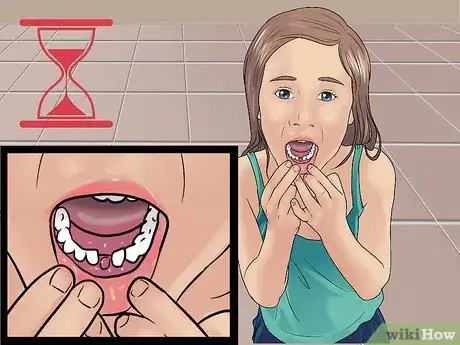
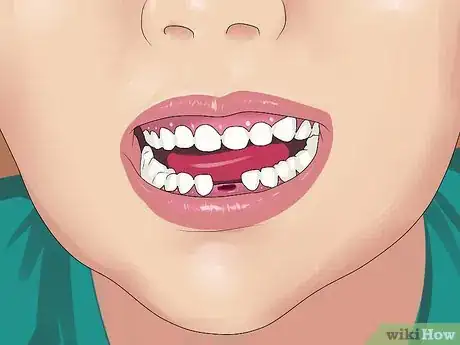


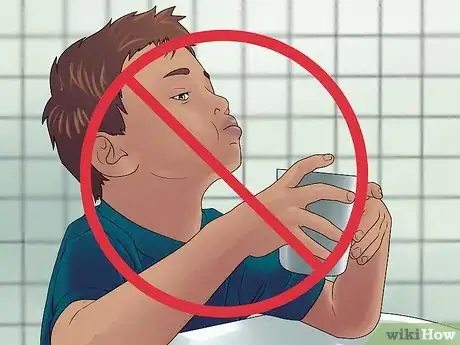
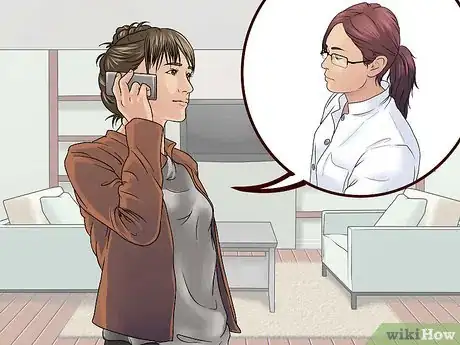
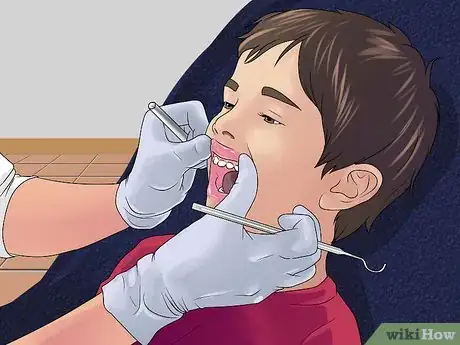

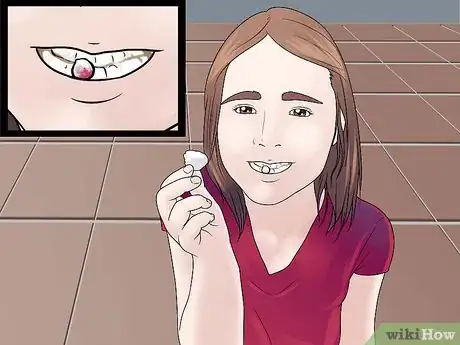
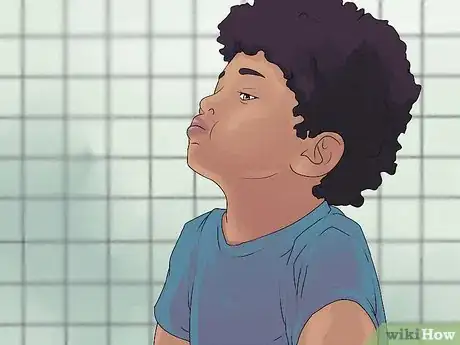
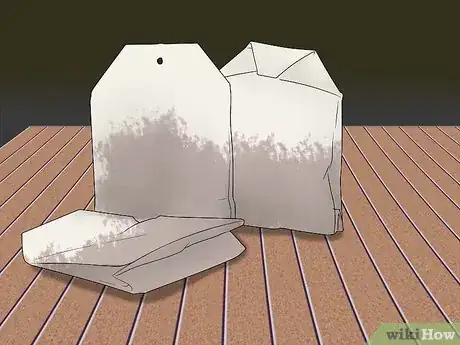
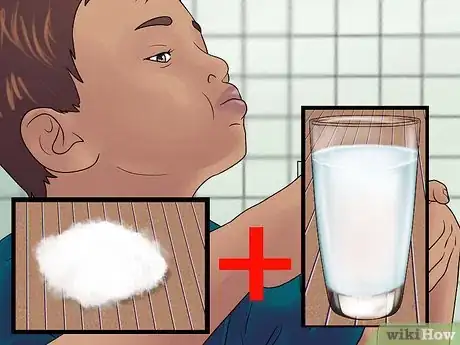

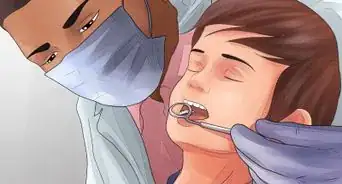

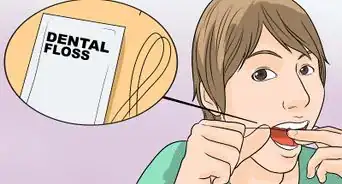
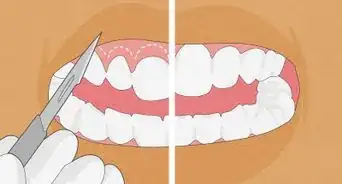
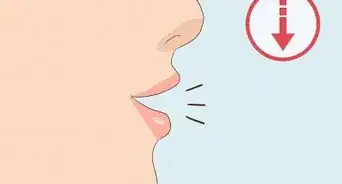
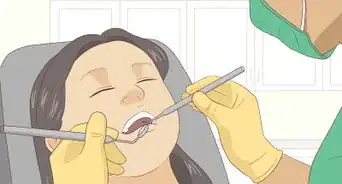

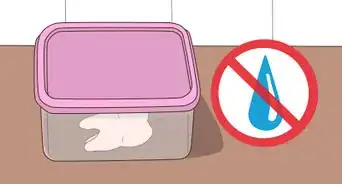
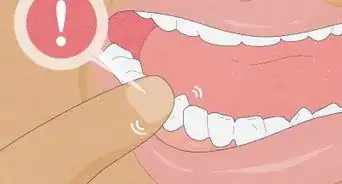
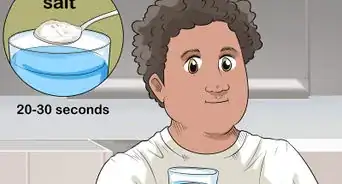















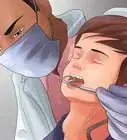

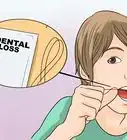
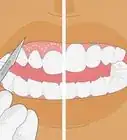



































Medical Disclaimer
The content of this article is not intended to be a substitute for professional medical advice, examination, diagnosis, or treatment. You should always contact your doctor or other qualified healthcare professional before starting, changing, or stopping any kind of health treatment.
Read More...